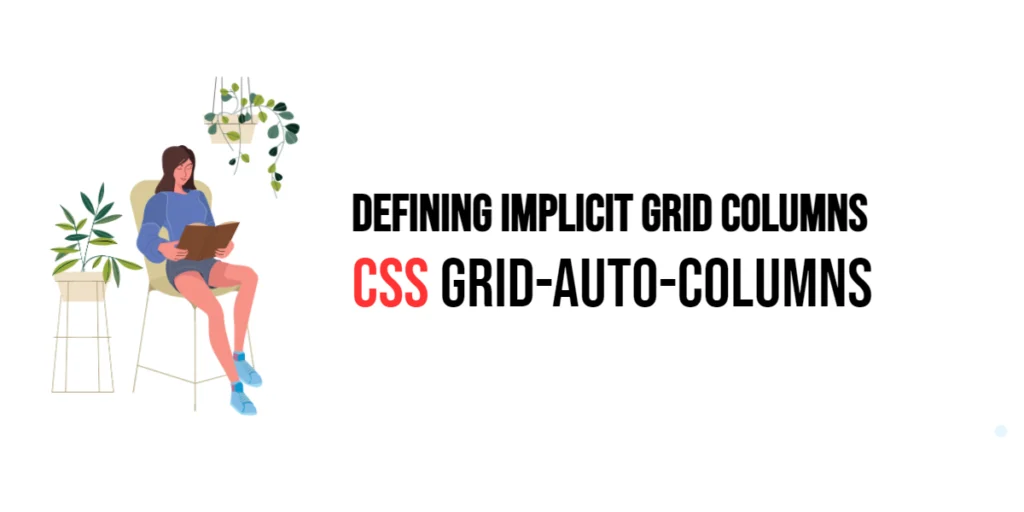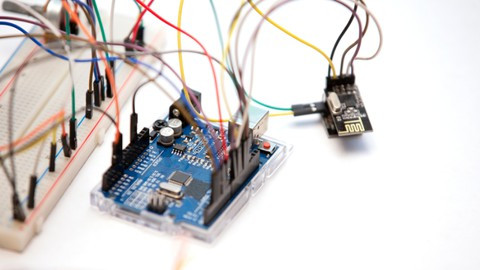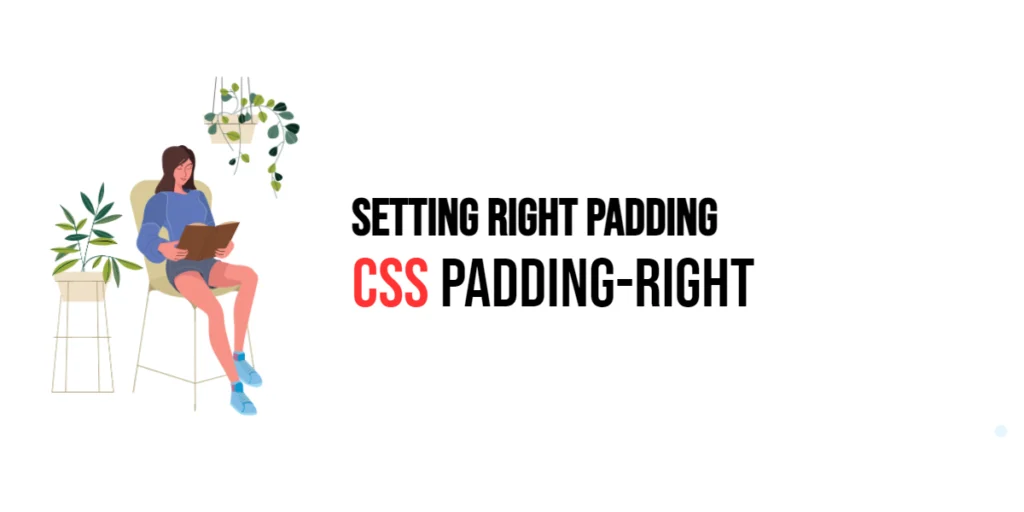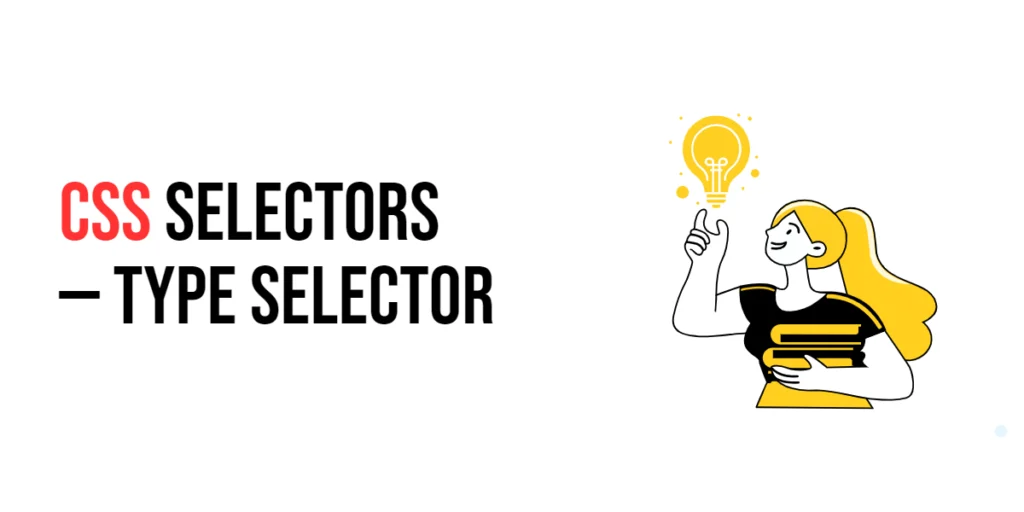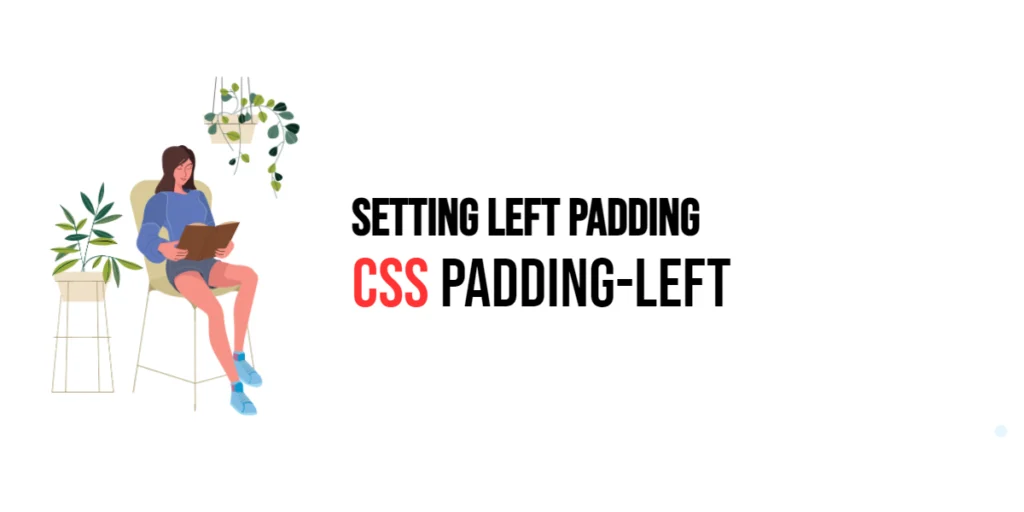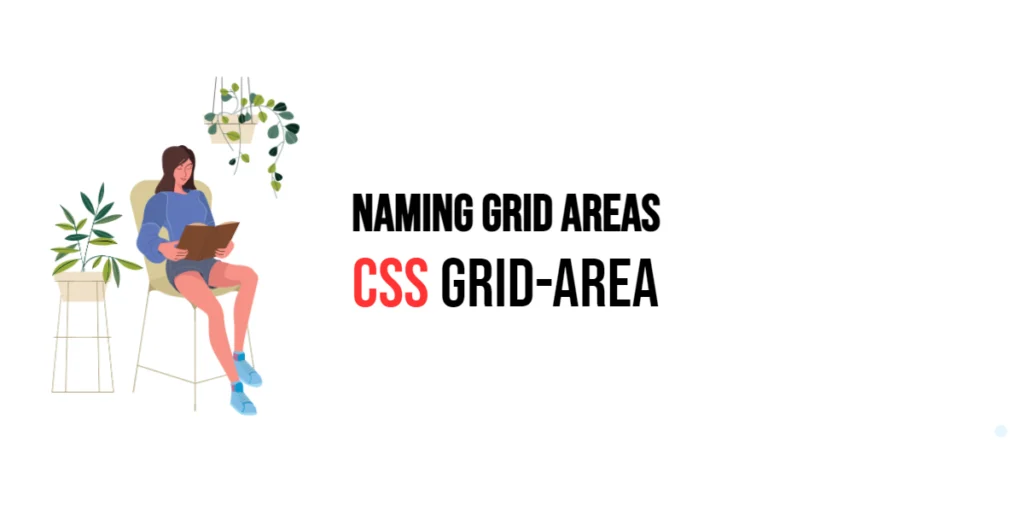CSS Grid Layout is a powerful system that allows for the creation of complex and responsive web layouts. One of the key features of CSS Grid is its ability to handle both explicit and implicit grid tracks. Explicit tracks are those defined by the developer using properties like grid-template-columns and grid-template-rows. Implicit tracks, on the other hand, are created automatically by the grid when additional content exceeds the defined grid structure.

with hands-on learning.
get the skills and confidence to land your next move.
The grid-auto-columns property is used to define the size of implicit grid columns. When items are placed outside the explicitly defined grid columns, the grid-auto-columns property specifies the width of these additional columns. This property ensures that your grid can adapt dynamically to content, providing flexibility and control over the layout. In this article, we will explore the grid-auto-columns property in detail, starting with a basic setup and moving on to practical examples demonstrating its usage.
Basic Setup
Before we dive into the details of the grid-auto-columns property, let’s set up a basic example to demonstrate its functionality. We’ll create a simple HTML structure with some CSS to define our grid container and items.
<!DOCTYPE html>
<html lang="en">
<head>
<meta charset="UTF-8">
<meta name="viewport" content="width=device-width, initial-scale=1.0">
<title>CSS Grid-Auto-Columns Example</title>
<style>
.grid-container {
display: grid;
grid-template-rows: auto auto;
grid-template-columns: 100px 100px;
gap: 10px;
margin: 20px;
padding: 20px;
background-color: #f0f0f0;
}
.grid-item {
background-color: #ccc;
padding: 20px;
text-align: center;
}
</style>
</head>
<body>
<div class="grid-container">
<div class="grid-item">Item 1</div>
<div class="grid-item">Item 2</div>
<div class="grid-item">Item 3</div>
<div class="grid-item">Item 4</div>
</div>
</body>
</html>In this code, we define a .grid-container element with the display property set to grid. The grid-template-rows and grid-template-columns properties are used to create a basic grid structure with two rows and two columns. Each .grid-item has some padding and background color to distinguish it visually. This basic setup provides a foundation for exploring the grid-auto-columns property.
Understanding the grid-auto-columns Property
The grid-auto-columns property in CSS allows you to define the width of implicit grid columns. These are the columns that are not explicitly defined in the grid-template-columns property but are created automatically by the grid when items are placed outside the defined columns. The syntax for grid-auto-columns is:
element {
grid-auto-columns: value;
}Where value can be any valid length unit (e.g., px, em, rem, %, fr).
By using the grid-auto-columns property, you can control the width of these implicit columns, ensuring that your layout adapts dynamically to additional content.
Practical Examples of grid-auto-columns
Let’s explore practical examples of using the grid-auto-columns property in different scenarios.
Defining Implicit Column Widths
<!DOCTYPE html>
<html lang="en">
<head>
<meta charset="UTF-8">
<meta name="viewport" content="width=device-width, initial-scale=1.0">
<title>CSS Grid-Auto-Columns Example</title>
<style>
.grid-container {
display: grid;
grid-template-columns: 100px 100px;
grid-auto-columns: 150px;
gap: 10px;
margin: 20px;
padding: 20px;
background-color: #f0f0f0;
}
.grid-item {
background-color: #ccc;
padding: 20px;
text-align: center;
}
</style>
</head>
<body>
<div class="grid-container">
<div class="grid-item">Item 1</div>
<div class="grid-item">Item 2</div>
<div class="grid-item" style="grid-column: 3;">Item 3</div>
<div class="grid-item" style="grid-column: 4;">Item 4</div>
</div>
</body>
</html>In this example, the grid-auto-columns property is set to 150px for the .grid-container class. This defines the width of implicit grid columns. The third and fourth grid items are placed in the third and fourth columns, respectively, which are not explicitly defined in the grid-template-columns property. The grid-auto-columns property ensures that these columns have a width of 150px.
Using Fractional Units for Implicit Columns
<!DOCTYPE html>
<html lang="en">
<head>
<meta charset="UTF-8">
<meta name="viewport" content="width=device-width, initial-scale=1.0">
<title>CSS Grid-Auto-Columns Example</title>
<style>
.grid-container {
display: grid;
grid-template-columns: 100px 100px;
grid-auto-columns: 1fr;
gap: 10px;
margin: 20px;
padding: 20px;
background-color: #f0f0f0;
}
.grid-item {
background-color: #ccc;
padding: 20px;
text-align: center;
}
</style>
</head>
<body>
<div class="grid-container">
<div class="grid-item">Item 1</div>
<div class="grid-item">Item 2</div>
<div class="grid-item" style="grid-column: 3;">Item 3</div>
<div class="grid-item" style="grid-column: 4;">Item 4</div>
</div>
</body>
</html>In this example, the grid-auto-columns property is set to 1fr for the .grid-container class. This uses the fractional unit to define the width of implicit grid columns, ensuring that each implicit column takes up an equal portion of the available space. This approach creates a flexible and responsive layout that adapts dynamically to the content.
Combining Grid-Auto-Columns with Other Properties
The grid-auto-columns property can be combined with other CSS Grid properties to create more sophisticated and flexible layouts. Let’s see an example where we combine grid-auto-columns with grid-template-areas.
<!DOCTYPE html>
<html lang="en">
<head>
<meta charset="UTF-8">
<meta name="viewport" content="width=device-width, initial-scale=1.0">
<title>CSS Grid-Auto-Columns Example</title>
<style>
.grid-container {
display: grid;
grid-template-columns: 100px 100px;
grid-template-areas:
"header header"
"sidebar main"
"footer footer";
grid-auto-columns: 200px;
gap: 10px;
margin: 20px;
padding: 20px;
background-color: #f0f0f0;
}
.header {
grid-area: header;
background-color: #ccc;
padding: 20px;
text-align: center;
}
.sidebar {
grid-area: sidebar;
background-color: #bbb;
padding: 20px;
}
.main {
grid-area: main;
background-color: #aaa;
padding: 20px;
}
.footer {
grid-area: footer;
background-color: #999;
padding: 20px;
text-align: center;
}
</style>
</head>
<body>
<div class="grid-container">
<div class="header">Header</div>
<div class="sidebar">Sidebar</div>
<div class="main">Main Content</div>
<div class="footer">Footer</div>
<div class="grid-item" style="grid-column: 3;">Extra Item 1</div>
<div class="grid-item" style="grid-column: 4;">Extra Item 2</div>
</div>
</body>
</html>In this example, the .grid-container class uses both grid-template-areas and grid-auto-columns. The grid-template-areas property defines a specific layout for the header, sidebar, main content, and footer. The grid-auto-columns property is set to 200px, which defines the width of any implicit columns created when additional items are placed outside the defined grid areas. This combination allows for a flexible layout that can adapt to extra content dynamically.
Conclusion
The grid-auto-columns property in CSS Grid is a valuable tool for defining the width of implicit grid columns. By using this property, developers can ensure that their grid layouts adapt dynamically to additional content, providing flexibility and control over the design. The grid-auto-columns property simplifies the process of managing implicit grid tracks, making it easier to create responsive and well-structured layouts.
Experimenting with different values for grid-auto-columns and combining it with other CSS Grid properties allows for the creation of sophisticated and visually engaging webpages. The examples provided in this article serve as a foundation, encouraging further exploration and creativity in using CSS Grid and the grid-auto-columns property to design responsive and user-friendly webpages.
